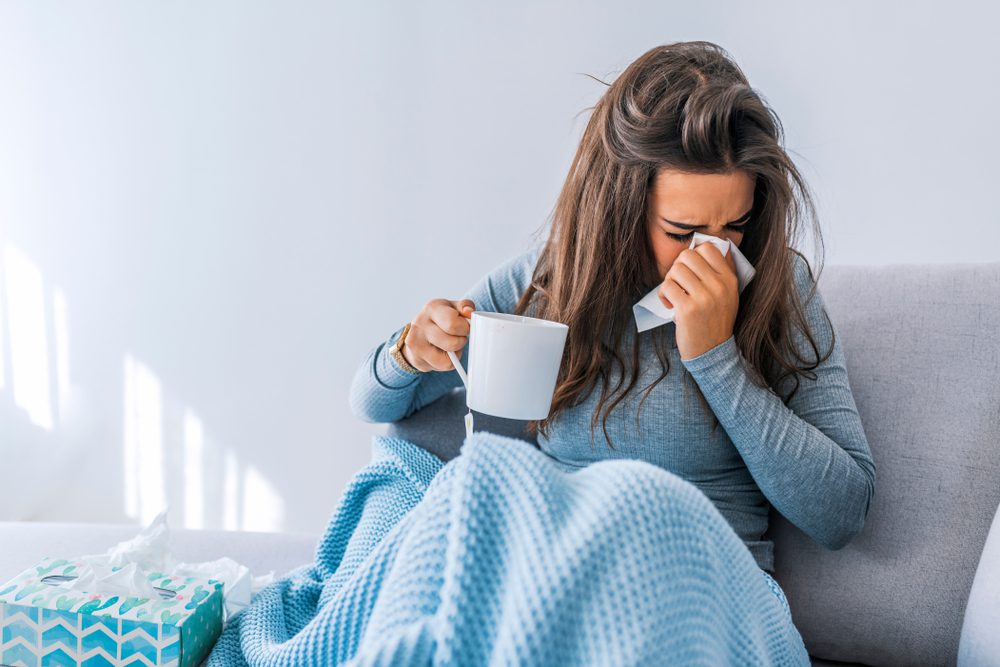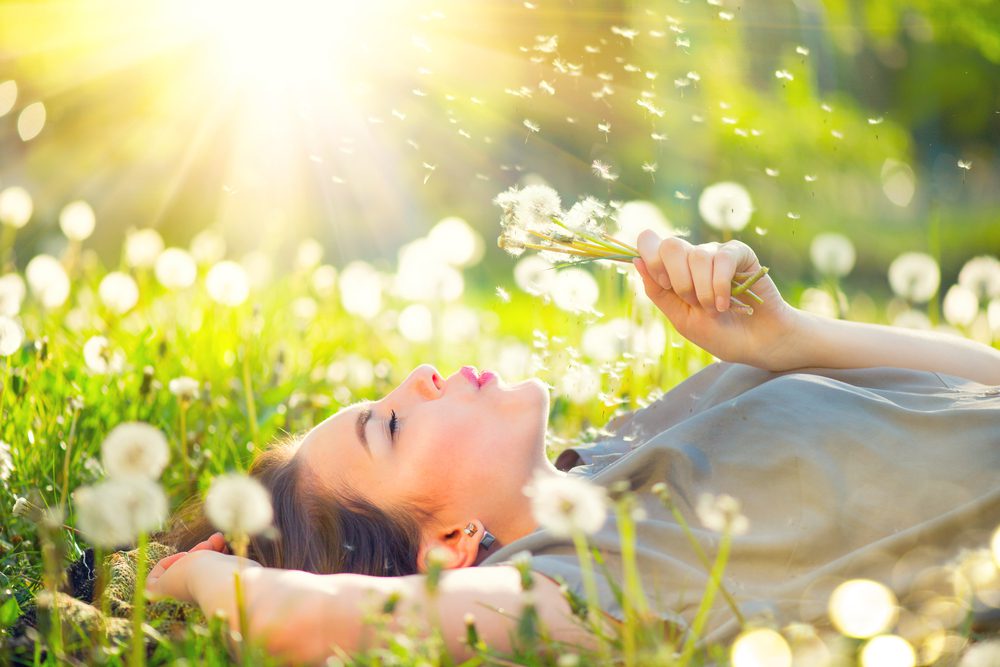Spring is here and in full force. But with new blooms come new allergies. Grass, weeds, and pollen are rampant during Arizona’s spring season, causing hay fever and worsened asthma symptoms. Ragweed in particular causes the most problems among those with allergies and respiratory difficulties.
From watery eyes and excessive sneezing to stuffy noses and itchy throats, allergies can cause a range of annoying, cold-like symptoms. Keep reading to learn how you can reduce allergy symptoms with the help of Women’s Health Arizona.
Symptoms of Seasonal Allergies
In Arizona, seasonal allergies can last all the way into November. However, peak allergy season is usually February through June. Here’s a list of the most common allergy symptoms:
- Congestion
- Stuffy or runny nose
- Itchy eyes, nose, and throat
- Red or watery eyes
- Sneezing, usually excessive
- Swollen or bruised-looking eyes
- Post-nasal drip (mucus that runs down the back of your throat)
A stuffy nose and scratchy throat may make you wonder if you’re on the brink of a cold, but these symptoms are typically a sign of old-fashioned seasonal allergies. However, if you experience allergy symptoms along with body aches or a low fever, you may be coming down with an illness.
Common Types of Seasonal Allergens and When They Occur
Now that you know what the most common allergy symptoms are, let’s take a look at the most common allergens. Seasonal allergens are the types of allergens produced by plants that irritate your nose, throat, and eyes. Common types of pollinating trees that cause seasonal allergies include:
- Ragweed
- Tumbleweed
- Mesquite trees
- Mulberry trees
- Bermudagrass
- Ryegrass
- Oak trees
- Olive trees
- Juniper trees
But remember, allergy season can last into November for Arizona. Since allergy season is so broad, it’s helpful to break down allergens by the seasons.
Spring: February to June
Spring is undoubtedly the worst season for allergies. Trees that pollinate between February and June include ash, mesquite, mulberry, ragweed, cottonwood, olive trees, oak trees, and other types of grasses.
Summer: July to August
Even though summer isn’t nearly as severe as spring, people still suffer from allergies caused by lingering grass and weed allergens.
Fall: September to November
Allergies aren’t over yet. Fall usually sees a new resurgence of ragweed and other allergens like Russian thistle and grass. Keep your eye drops and tissues nearby.
Winter rarely sees a surge in allergies, but some trees like juniper can pollinate. This slight pollination may cause mild allergy symptoms, but you can expect winter to produce the least amount of allergens overall.
How To Minimize Exposure To Seasonal Allergies
There’s not much you can do once the trees start pollinating, but you can minimize your exposure. Below are a few ways you can reduce your exposure to seasonal allergy triggers.
- Close Your Windows – As tempting as it is to let in the fresh air, keeping your windows closed will reduce the amount of pollen in your home.
- Dry Laundry in Dryer – Pollen can cling to your clothes, so avoid hanging laundry outside and use your dryer during allergy season.
- Shower Before Bed – Showering before bed helps wash away any pollen that may have accumulated on your skin and hair.
- Check the Forecast – Checking pollen levels helps you make informed decisions about your day. On high pollen days, consider limiting outdoor activities, especially during peak pollen times
- Wash Your Face and Hands – Washing your hands and face throughout the day helps cleanse your face from accumulated pollen.

Tips for Relieving Seasonal Allergy Symptoms
Walk into any drugstore during allergy season and you’ll see a seemingly endless supply of over-the-counter allergy medications. Most of these medications fall into the categories of antihistamines, nasal sprays, and eye drops.
As always, talk with your doctor or one of our providers about any other allergies or concerns you may have.
Antihistamines
Over-the-counter oral antihistamines can help alleviate sneezing, itching, and watery eyes by blocking the histamine response triggered by allergens.
Nasal Sprays
A nasal saline spray helps flush your nasal passages, providing relief from congestion and allergies.
We generally don’t recommend nasal decongestants and oral decongestants as they can cause a runny nose to return. They can also cause high blood pressure and insomnia.
Immunotherapy
Some people may choose to explore other methods of long-term allergy symptom relief. Talk to your general practitioner about immunotherapy treatments like allergy shots.
Schedule Your Wellness Visit Today
Keeping up with your health is the best way to reduce the risk of allergies. With the help of your practitioner, you can create a plan to tackle seasonal allergies that’s best fit for your health.
Whether you’re scheduling your first wellness exam or you’re a long-time patient of ours, we’re ready to provide you with the highest quality care in Arizona. With over 120+ providers to choose from, you can find a provider that fits your needs in your area. Get started by requesting an appointment.

